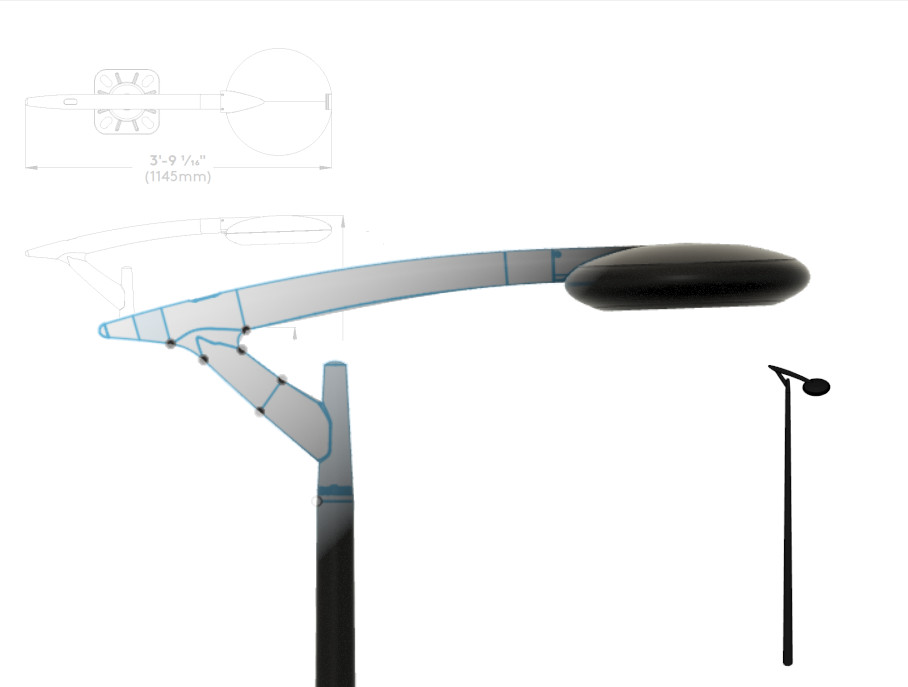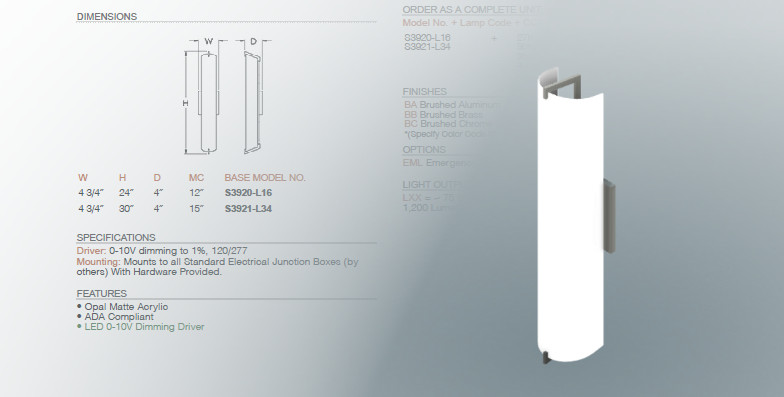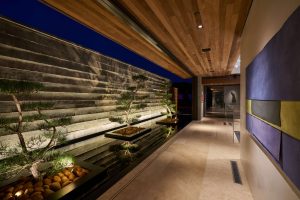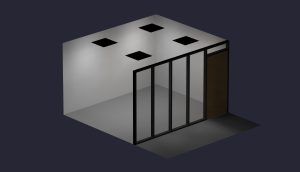Maximizing BIM Utility With Manufacturer Models
In the early Schematic Design (SD) phase of architectural projects, conceptual drawings are expected to be artistic in nature and less weighed down by specifics. This is equally the case in lighting design, where schematic representations are focused on the type and location of lights rather than specific models and manufacturers. With that said, as projects later move into the Design Development (DD) and then Contract Documents (CD) phases, the decisions of which lighting fixtures to use in a project become more firm.
With the gradual replacement of 2D drawing and CAD solutions by more comprehensive, 3D BIM solutions has come the necessity of accurate 3D models of installation components and furnishings to maximize software utility. While in many instances it may be acceptable to use generic models to represent custom products, this can cause shortcomings in accurate end-product visualization, especially if a desired component is particularly unique in form and/or material properties. In the case of lighting design, using generic models can also impair design development because luminaires are installed components that need to fit within specific dimensional and electrical constraints. Furthermore, the shape and material properties of a luminaire can alter the results of a lighting simulation, meaning that an accurate model is ideal whenever possible.

Keeping Up With Industry Trends
In BIM software, it takes an equal amount of time to place either a generic model or an available manufacturer model, but the choice is obvious for the designer who wants to approach the contract documents phase in a smoother fashion. As the number of luminaire manufacturers offering 3D CAD and BIM models of their products for download increases, the rationality behind choosing from manufacturers that lack 3D models becomes increasingly diminished. This was the case with photometric data files such as the .ies format, which were once not ubiquitous in the industry but are now a standard offering of an established luminaire manufacturer.




